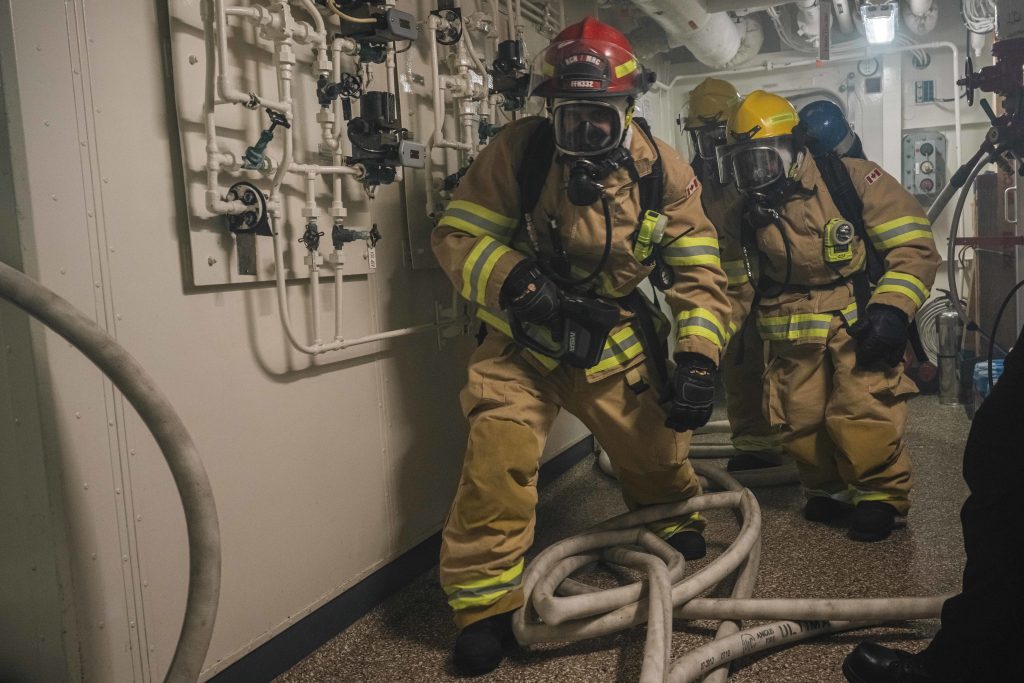
Padre’s Corner: Float, move, fight
By Padre Lt(N) Stephen Cogswell,
Fleet Chaplain
“Float, move, fight.”
Sound familiar? If you’ve been around the coast for long and you’re in an operational role, odds are you’ve completed the Naval Environmental Training Program, or NETP for short. It’s the course that all sailors are expected to complete before heading to sea with the Royal Canadian Navy (RCN). Part of that training involves understanding the priorities for damage control while at sea: float, move, fight. The concept is simple enough—in order to win a battle, the ship must fight. In order to fight, the ship must move. In order to move, the ship must float. In other words, before you can think about any other maritime priorities, you must at least be able to float.
 Hold that thought.
Hold that thought.
Recently I was having an all-too-common chat with an RCN member who was dealing with some struggles “on the home front” while also managing a busy sailing season. As such, the sailor found themself in a place of great tension between two competing interests: taking time to focus on stability at home versus forging ahead with career demands.
In those types of conversations, I mostly listen to try and gain an understanding of a person’s situation. Even as a chaplain, I don’t necessarily offer advice or definite direction unless the individual specifically requests it. Even then, I try to be measured with my counsel to allow space for autonomy in decision-making. In this conversation, however, the opportunity presented itself to reflect back: maybe this is a good opportunity for you to turn your attention to the most pressing thing right now. Maybe right now is the perfect opportunity for you to just focus on being able to float.
For many sailors, the hardest thing to do isn’t completing a challenging career course, being tasked with too many secondary duties, or even finishing a six-month deployment in one piece. It’s taking a knee.
With honest introspection, coming to grips with the reality that, for a season, it might be time to focus on simply being able to float can be a gutting but essential step to take. Because, to borrow a phrase, what good would it have been to rearrange the deck chairs on the Titanic? If you can’t at least be buoyant, little else matters.
Instead, take the time to proverbially plug the leaks and put out the fires so that you can float and, in time, move, all so that you can get back in the fight another day. There are plenty of folks who are well-positioned to support you, beginning with any of your chaplains from our team here at CFB Halifax. If you need to talk to someone, maybe even for the first time, reach out. I think you’ll be glad you did.






